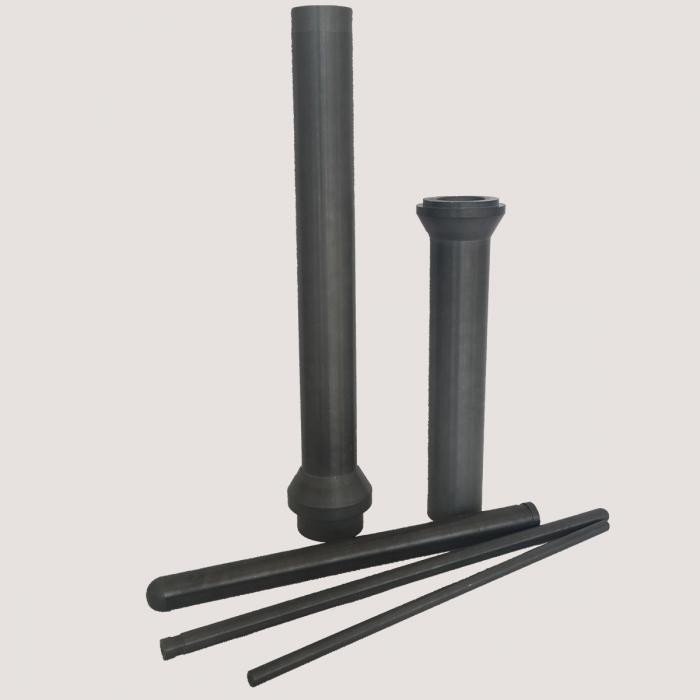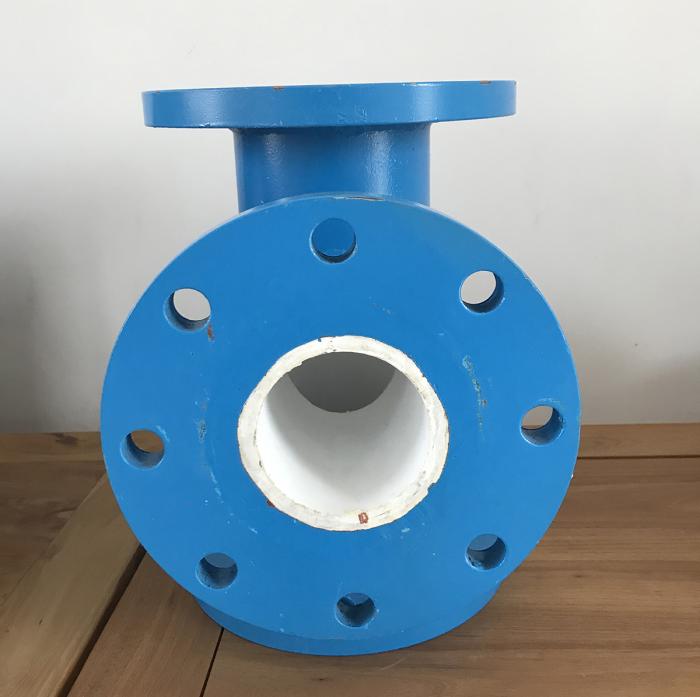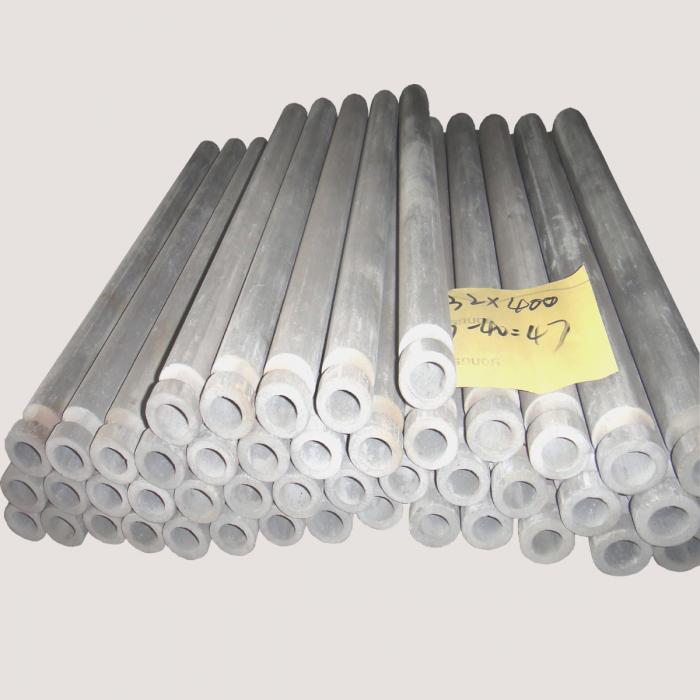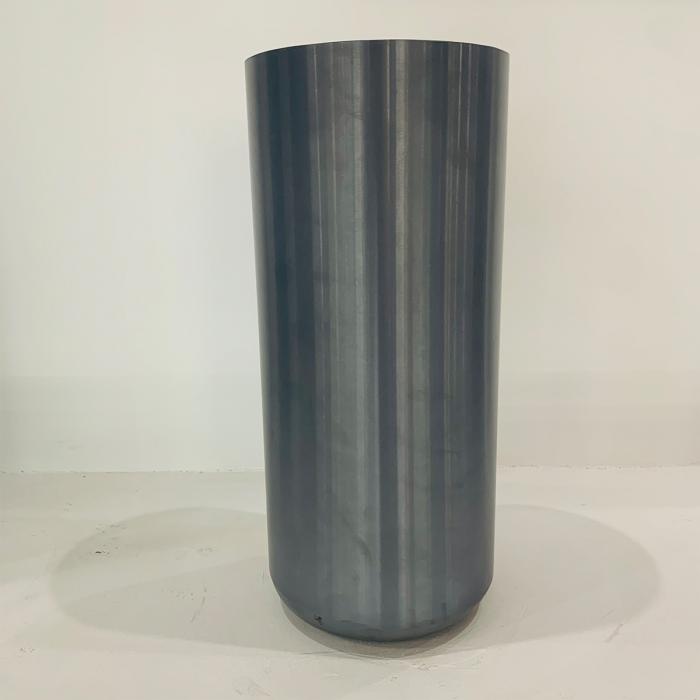The Type Of Thermocouples
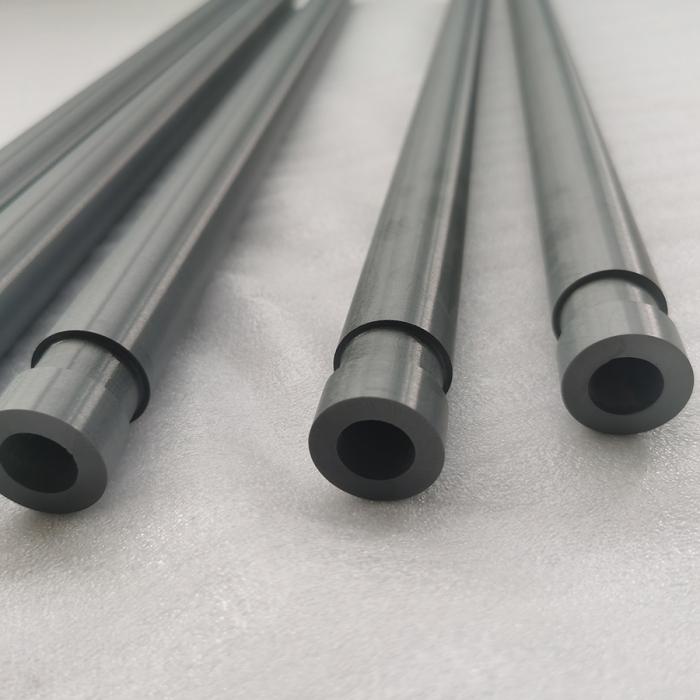
Thermocouples are categorized based on their use,Sensitivity and temperature range.They can be easily identified by using the color chart which is given here.
Type K (Chromel / Alumel)
Sensitivity -41 µV/°C.
Temperature range –270 to 1372°C.
Use: General purpose.Most popular.Its probes are of all varieties.probes.Clean Oxidizing and Inert.Limited Use in Vacuum or Reducing.Wide Temperature Range, Most Popular type.
Type E (Chromel / Constantan)
Sensitivity (68 µV/°C) Highest EMF/°C or °F of any of the thermocouples
Overall range –270 to 1000°C useful range 95-900 degrees C
It has low temperature (cryogenic) use.Also it in non magnetic .Oxidizing or Inert. Limited Use in Vacuum or Reducing.
Type J (Iron / Constantan)
Usefulrange (-40 to +750 °C) makes type J less popular than type K Overall range –210 to 1200°C
Use: Equipment that can not accept ‘modern’ thermocouples.Above 760 °C as an abrupt magnetic transformation causes permanent decalibration.Reducing, Vacuum, Inert environment . Limited Use in Oxidizing at High Temperatures. Not Recommended for Low Temperatures.
Up to 480°C (896°F).
Type N (Nicrosil / Nisil)
650 -1260 degrees C –270 to 1300°C
Use: Suitable for high temperature measurements without the cost of platinum (B,R,S) type and high temperature oxidation. An improved version of type K thermocouple.Alternative to Type K. More Stable at High Temps Alternative to Type K.
Type B (Platinum / Rhodium)
Overall range 0 to 1820°C.Useful range1370-1700 degrees C (approx 10 µV/°C)
Suited for high temperature measurements up to 1800 °C.This makes them useless below 50 °C because of flat curve response below upto 50 °C.Oxidizing or Inert. Do Not Insert in Metal Tubes. Beware of Contamination. High Temp. Common Use in Glass Industry.
Type R (Platinum / Rhodium)
Overall range –50 to 1768°C.Useful range 870-1450 degrees C Suited for high temperature measurements up to 1600 °C.
Low sensitivity (10 µV/°C) high cost makes them unsuitable for general purpose use.Oxidizing or Inert. Do Not Insert in Metal Tubes. Beware of Contamination. High Temperature
Type S (Platinum / Rhodium)
Overall range –50 to 1768°C Useful range 980-1450 degrees C Suited for high temperature measurements up to 1600 °C.
sensitivity (10 µV/°C)
Use: low sensitivity and high cost makes them unsuitable for general purpose use.Due to its high stability type S is used as the standard of calibration for the melting point of gold (1064.43°C)most accurate at high temperature.Oxidizing or Inert. Do Not Insert in Metal Tubes. Beware of Contamination. High Temperature use.
Type T (copper-constanan)
Overall range –270 to 400°C.Useful Range 200-350 degrees C.
Sensitivity 43 µV/°C.
Useful in Mild Oxidizing, Reducing Vacuum or Inert. Good Where Moisture Is Present. Low Temperature & Cryogenic applications.
Type C tungsten 5% rhenium – tungsten 26% rhenium)
Overall range 0 to 2320°C.Useful range 1650-2315 degrees C
Well-suited for vacuum furnaces at extremely high temperatures.Not useful in presence of oxygen above 250 °C.Vacuum, Inert, Hydrogen. Beware of Embrittlement. Not Practical Below 399°C (750°F) Not for Oxidizing Atmosphere
Type M nickel alloy for each wire
0-1287 degrees C
Use: These thermocouples are used in vacuum furnaces for the same reasons as with type C.
This chart shows the various color codes for identifying the type of wire and its polarity based on the type of wire.These color codes are different in different countries and Also different for different types of thermocouples.You can identify the type of thermocouple by noticing the Insulation color and the color used for different polarities wire.

